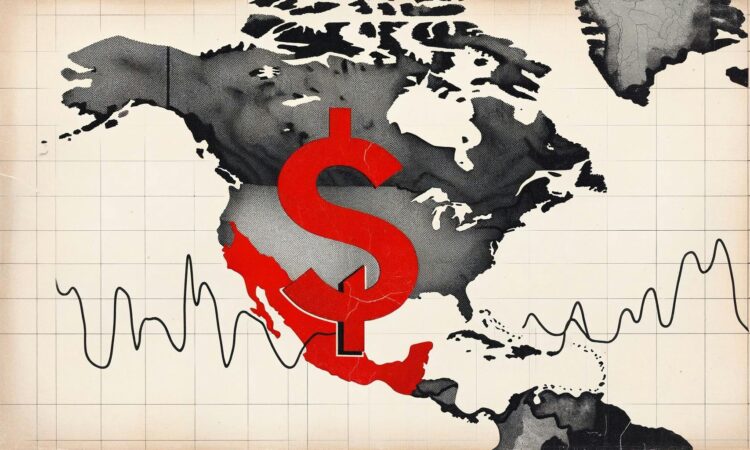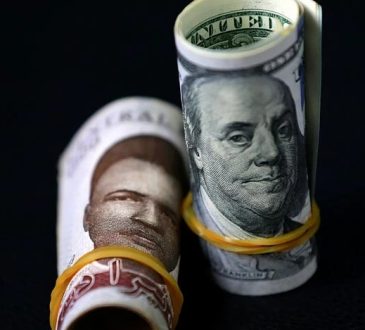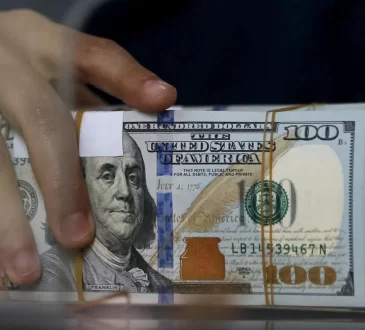
What’s going on here?
Latin American currencies are feeling the heat as the Mexican peso slumps to a two-year low, reflecting growing fears about judicial reforms in Mexico and the impending US presidential election.
What does this mean?
The Mexican peso slipped 0.3% to 20 to the dollar, hit by domestic challenges, including judicial reforms and the looming resignation of a Supreme Court justice, which might trigger constitutional changes. The peso’s over 15% decline this year also gets a push from US political dynamics, with Donald Trump possibly in a strong position against Kamala Harris. Trump’s past tariff threats on Mexican imports are resurfacing in market speculation, dampening trade prospects. In Brazil, the real slid 0.1%, pressured by fiscal worries despite central bank interventions. Chile’s peso fell 0.3%, dragged down by a dip in manufacturing which is impacting its crucial copper sector. Across the region, currencies like Colombia’s peso and Peru’s sol are also faltering, contributing to MSCI’s 1% dip in its Latin American stock index.
Why should I care?
For markets: Currencies waver as elections loom.
As political uncertainties grow, particularly with the approaching US elections, Latin American markets are facing volatility. A Trump victory could reignite tariff tensions, specifically impacting Mexican exports, and ripple through regional markets. Investors may want to brace for fluctuations and look for safe havens amid these uncertain times.
The bigger picture: Economic policy shifts may reshape trade.
Judicial and economic policies in Mexico and pivotal elections in the US could have wide-ranging impacts on trade across the Americas. The hints of constitutional changes in Mexico and potential US policy shifts could redefine trade dynamics, necessitating strategic adjustments by businesses involved in regional and international trade.




